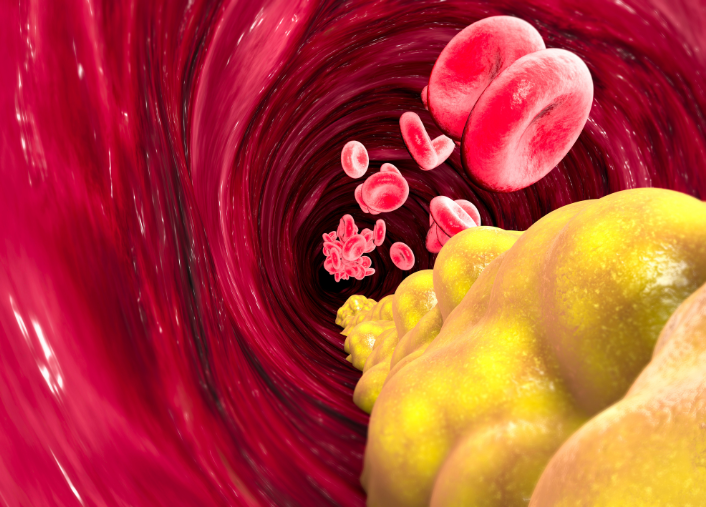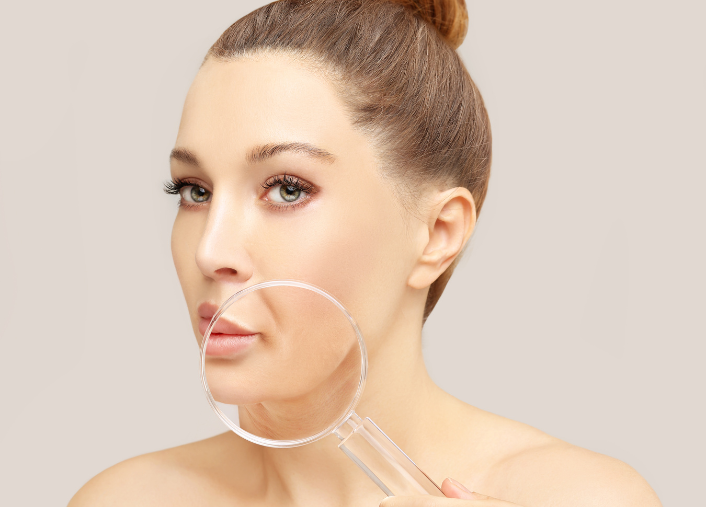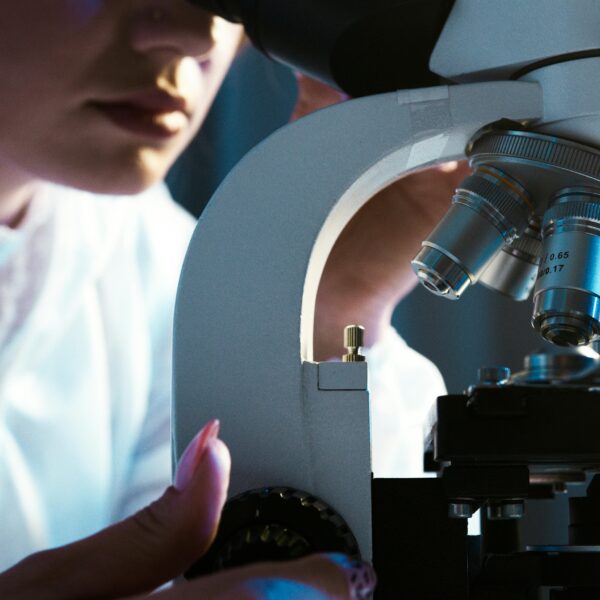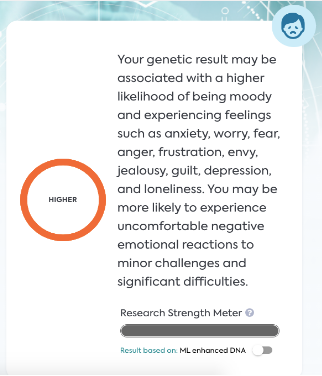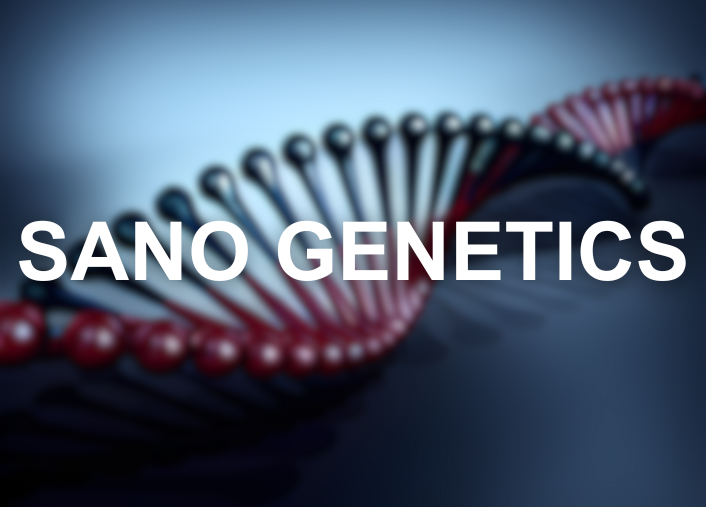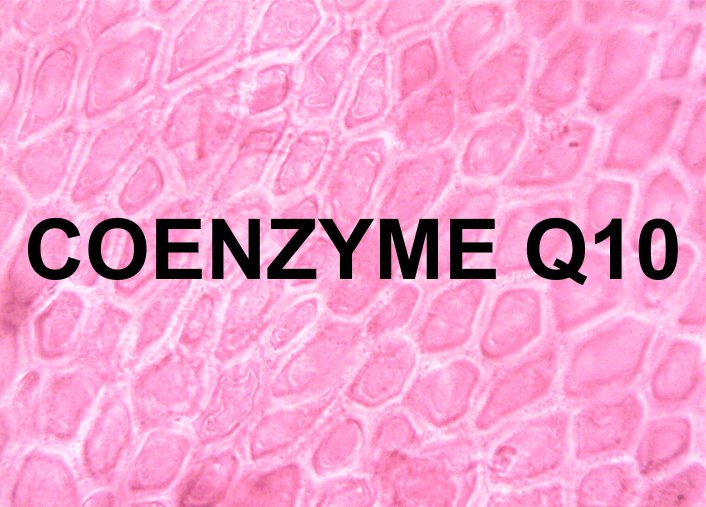Navigating Copper Levels for Optimal Health
Aira
on
February 2, 2024
Overview
Understanding the role of copper levels in the body is crucial for maintaining overall wellness and preventing potential deficiencies or toxicities.
Copper is an essential mineral that is a critical component in various physiological processes. It is found naturally in certain foods and is available as a dietary supplement. It serves as a cofactor for enzymes, known as cuproenzymes, involved in key functions such as energy production, iron metabolism, neuropeptide activation, connective tissue synthesis, and neurotransmitter synthesis.
Despite its importance, only small amounts of copper are stored in the body, with the average adult maintaining a total body content of 50–120 mg of copper. Our body regulates copper levels by absorbing it from the intestine and releasing it into bile through the liver, thus protecting against both copper deficiency and toxicity. Most copper is excreted in bile, with a small amount eliminated through urine and feces.

The Role of Copper in the Body
The importance of copper in the human body stems from its indispensable role as a cofactor for enzymes. Here’s a breakdown of why copper is essential:
- Energy Production: Copper is a vital component for enzymes involved in energy production. These enzymes participate in cellular respiration and the generation of adenosine triphosphate (ATP), the primary energy currency of cells. Adequate copper levels are necessary for maintaining optimal energy metabolism.
- Iron Metabolism: Copper plays a pivotal role in iron metabolism, especially through its association with ceruloplasmin (CP). CP is involved in the mobilization and transport of iron, ensuring its proper utilization in various cellular processes, including the synthesis of hemoglobin, the oxygen-carrying component of red blood cells.
- Neuropeptide Activation: Copper is essential for the activation of neuropeptides, which are signaling molecules in the nervous system. The proper functioning of neuropeptides is crucial for neurotransmission, influencing mood, cognition, and overall neurological health.
- Connective Tissue Synthesis: Copper is integral to the synthesis of connective tissues, which provide structural support to various organs and systems in the body. This includes the formation of collagen, a key protein in skin, bones, cartilage, and blood vessels.
- Neurotransmitter Synthesis: Copper is involved in the synthesis of neurotransmitters, which are chemical messengers that facilitate communication between nerve cells. Balanced neurotransmitter levels are essential for maintaining proper brain function and mental well-being.
Any imbalance or deficiency in copper levels can disrupt these fundamental physiological processes, potentially leading to various health issues, including fatigue, anemia, neurological disturbances, and impaired connective tissue formation.
Genetics of Copper Levels
Exploring the genetic factors influencing copper levels unveils specific genetic loci and single-nucleotide polymorphisms (SNPs) associated with copper homeostasis. These insights, derived from genome-wide association analyses, emphasize the genetic complexity underlying copper regulation.
Chromosome 1 Loci for Copper
Within chromosome 1, two specific spots, known as rs1175550 (in gene SMIM1) and rs2769264 (SELENBP1), have a significant impact on how the body manages copper levels in individuals. In particular, the genetic variant rs2769264 in SELENBP1, featuring a T>G change, plays a notable role in influencing copper levels while the SELENBP1 protein is known as the binding protein for another essential mineral, selenium. When these genetic markers on chromosome 1 are applied collectively, they provide insight into about 5% of the variation seen in copper levels among different people.
EPHA6 Gene
Another gene variant of interest, in EPHA6 (or EPH receptor A6), suggests a potential involvement of SNP rs1458303 in copper regulation. While it didn’t reach a definitive level of statistical significance across the entire genome in the recent GWAS, this specific genetic variation within EPHA6 hints at its possible influence on how the body handles copper.
This understanding of the genetic landscape sheds light on the nuanced relationship between our genes and essential minerals, such as copper.
Non-Genetic Factors Influencing Copper Levels in the Body
Copper levels in the human body are subject to a multitude of influences, encompassing dietary factors, absorption mechanisms, supplements, and various health conditions. Understanding these aspects is essential for maintaining optimal copper balance.
Diet and Absorption
The stomach and small intestine play important roles in copper absorption. Any issues with these organs can impact the body’s ability to absorb copper effectively. Furthermore, the amount of copper in one’s diet significantly influences overall copper levels and overall health. For example, studies have demonstrated that higher copper intake correlates with lower diastolic blood pressure, total cholesterol, and LDL cholesterol levels.
Supplements
Intake of certain supplements, particularly high doses of zinc or vitamin C, can influence copper levels. While these supplements offer various health benefits, it’s crucial to strike a balance. Excessive consumption can disrupt copper metabolism, leading to potential imbalances.
Health Conditions
Various health conditions can impact copper levels, affecting both its absorption and utilization. Conditions such as central nervous system demyelination, polyneuropathy, myelopathy, and inflammation of the optic nerve appear to be outcomes of alterations in copper homeostasis.
Hormonal Influences
Estrogen status and pregnancy are additional factors influencing copper levels. Changes in hormonal balance during pregnancy and fluctuations in estrogen levels can impact plasma ceruloplasmin (CP) and copper levels. Recognizing these hormonal influences is important, especially when assessing copper status in individuals with varying reproductive or hormonal profiles.
Infections and Inflammation
Infections and inflammatory conditions introduce a layer of complexity to copper regulation. Copper levels can be influenced by factors such as infections, inflammation, and certain cancers. This underscores the need to consider the broader health context when interpreting copper assessments.
A holistic understanding of these factors is crucial for maintaining proper copper homeostasis and addressing potential imbalances proactively. Regular monitoring and consideration of individual health contexts contribute to a comprehensive approach to copper management.
Tips for Maintaining Optimal Copper Levels
Ensuring optimal copper levels in the body involves a thoughtful approach that encompasses awareness of potential symptoms, dietary considerations, and prudent supplementation. To safeguard against copper deficiency, individuals are encouraged to adopt the following tips:
- Recognizing Symptoms
Stay vigilant for symptoms such as hair loss, irregular thyroid function, and anemia, as they may signal an underlying copper deficiency. Early recognition of these indicators is key to prompt intervention.
- Dietary Choices
Since copper isn’t naturally produced in the body, it must be obtained through diet. Include copper-rich foods in your meals, such as oysters, mushrooms, dark chocolate, and leafy greens. Diversifying your diet ensures a broader spectrum of essential nutrients.
- Balanced Diet for Adults
For adults, maintaining a healthy and well-balanced diet is generally sufficient to meet copper requirements. Emphasize a variety of nutrient-dense foods to support overall well-being.
- Consideration of Supplements
If dietary sources are insufficient, individuals may choose to supplement their copper intake. However, it is crucial to exercise caution and stay within the FDA-recommended levels. Excessive copper supplementation can lead to toxicity, emphasizing the importance of moderation.
- Consultation with Healthcare Providers
Before initiating any supplementation regimen, it is advisable to consult with a healthcare provider for personalized guidance. They can assess individual health needs, consider potential interactions with existing medications, and provide tailored recommendations for maintaining optimal copper levels.
By combining a discerning awareness of potential symptoms, incorporating copper-rich foods into the diet, and seeking professional advice for supplementation, individuals can proactively manage their copper levels. This holistic approach promotes overall well-being and ensures that copper intake aligns with individual health needs.
About the LifeDNA Vitamins and Supplements Report
Embark on a journey of personalized wellness with the LifeDNA Vitamins and Supplements Report, where the Copper Levels Trait Report awaits. LifeDNA goes beyond the generic, providing you with tailored insights that can transform the way you approach your well-being.
In the Copper Levels trait report, you’ll gain crucial information about how your body handles copper, a vital mineral with diverse roles in your overall health. Understanding your unique copper levels can empower you to make informed decisions about your diet, supplements, and lifestyle choices.
Take the initiative to prioritize your health and well-being by obtaining your LifeDNA Vitamins and Supplements Report today.
Summary
- Copper is vital for energy, iron metabolism, neuropeptide activation, connective tissue synthesis, and neurotransmitter production, underscoring its role in overall wellness. The body carefully regulates copper levels to prevent imbalances.
- Genetic factors on chromosome 1 (rs1175550 and rs2769264) and the EPHA6 gene impact copper levels, revealing the intricate genetic landscape governing this essential mineral.
- Copper levels are influenced by diet, absorption mechanisms, supplements, health conditions, hormones, infections, and inflammation, emphasizing the multifaceted nature of copper regulation.
- Proactive maintenance involves recognizing symptoms, diverse dietary choices, balanced nutrition, cautious supplement use, and healthcare consultations for personalized copper management.
References
- https://ods.od.nih.gov/factsheets/Copper-HealthProfessional/
- https://academic.oup.com/hmg/article/22/19/3998/571929
- https://ods.od.nih.gov/factsheets/Copper-HealthProfessional/#:~:text=However%2C%20plasma%20CP%20and%20copper,L%20for%20CP%20%5B10%5D.
- https://www.medicalnewstoday.com/articles/288165
- https://ods.od.nih.gov/factsheets/Copper-HealthProfessional/
*Understanding your genetics can offer valuable insights into your well-being, but it is not deterministic. Your traits can be influenced by the complex interplay involving nature, lifestyle, family history, and others.
Our reports have not been evaluated by the Food and Drug Administration. The contents on our website and our reports are for informational purposes only, and are not intended to diagnose any medical condition, replace the advice of a healthcare professional, or provide any medical advice, diagnosis, or treatment. Consult with a healthcare professional before making any major lifestyle changes or if you have any other concerns about your results. The testimonials featured may have used more than one LifeDNA or LifeDNA vendors’ product or reports.

